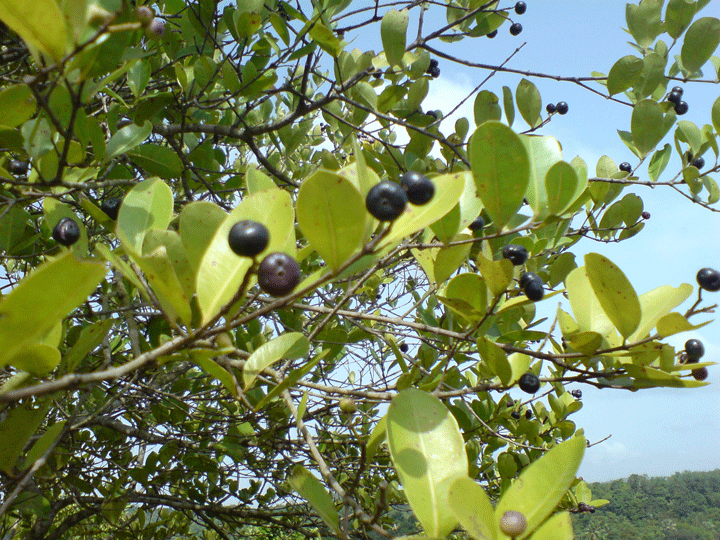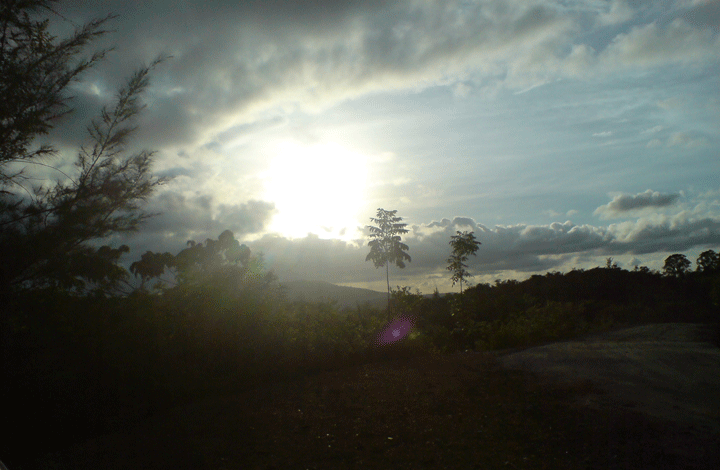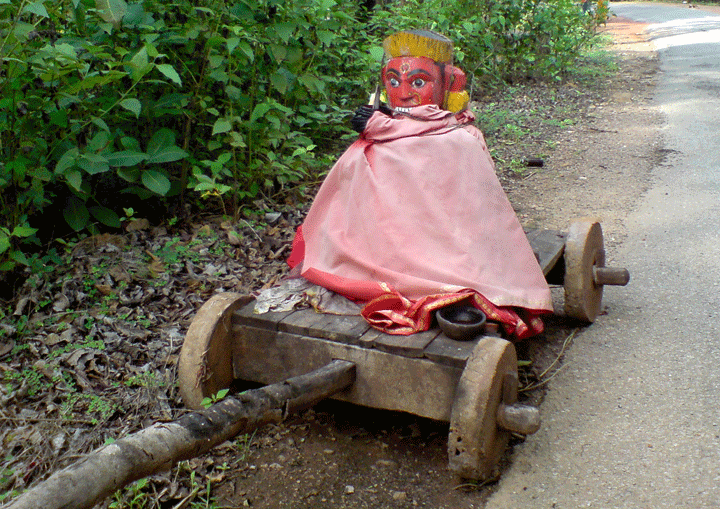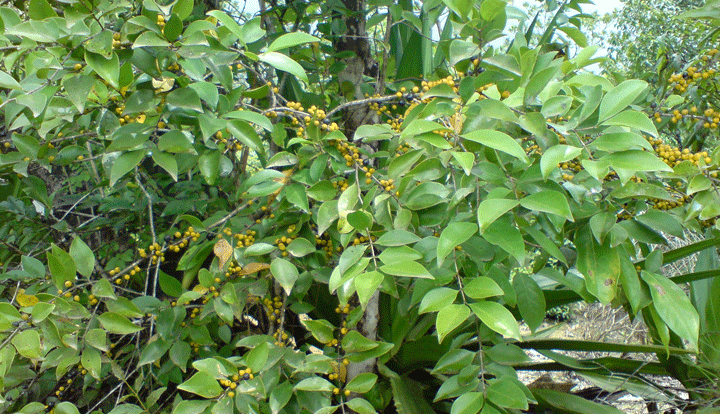
A wild shrub, with tiny yellow berries, called 'Mondi' in Irvattur village.
Have you ever been able to visualize how some of the place-names have evolved over the span of time in a vibrant and dynamic zone like Karavali? Many of the bygone tribal settlements carried the name of the tribes that lived there at that time. Some tribal names have also evolved with time and consequently we find settlements with variant names of the same (or akin) tribes coexisting together.
Let us consider some of the place names like Irvattur, Iruvail and Ira. To simplify the issue let me assure you that these names may not mean anything even if you dig into the meticulously compiled volumes of Tulu Nighantu. Or, some of these words may have hidden ,now obsolete, meanings!
IRVATTUR=Yedattur
Irvattur is a sylvan village with rocky outcrops,near Renjala, located to the south east of Karkala town.
The word Irvattur literally means irvatta + oor (=twentieth village) since ‘irva’ generally means ‘twenty’ in Tulu at present. But does it mean anything really? If this is the ‘Twentieth village’, where are the other nineteen villages?
The village Irvattur has an alternate name still used by the locals. It is known as Yedattur! Now, logically it must have been Iruva=Yeda. The ‘Yeda’ or ‘Yedia’ is a modified form of Idiya, the name of a tribe that inhabited many parts of the southern India and possibly equivalent of Yadava tribes of northern India. The formula Iruva= Yeda =Idiya leads us to infer that the Iruva or Irava is a variant of the word Idiya or Iduva or Yedia or Yeda. Thus we can conclude that a sect of the ancient cattle-herder tribes (Yadava, Jadon) were variously known as Idiya, Iruva, Irava or Yedia during different time periods in different parts of Karavali and also in Karnataka.
IRUVAIL
To test this proposal we have some more villages with analogous nomenclatures. Iruvail is one such village. It is an abutting village to Yedapadavu.
Comparison with other Tulu words that start with prefix ‘Ir-‘(=two) may tempt you to analyse, Iruvail as Ir + bail (=twin fields), but it would not mean anything since there are more than two fields in the village Iruvail!
Therefore, the correct word analysis would be Iruva+ illu (=the house of the Iruva tribe).
IRA
One more village that does not find enlisted in Tulu Nighantu is Ira. The Ira (pronounced Iraa) presently is a village in Bantval Taluk, populated by Tulu and other communities. This village would have been known originally as ‘Irava’ that with passage of time has been reduced to Iraa.
Relics of a language!
Obviously some of the words and names, especially those relating to ancient tribes or their ancient settlements do not have any direct meanings in the present Tulu language. However, these 'unintelligible' words have survived with us, often tempting us to resort to alternate pun meanings in our current language of Tulu!
Such a situation of unintelligible words can arise only when an ancient culture and language(s) has been taken over by another culture and language. In this case we find pre-Dravidian tribal languages taken over by Dravidian (Tulu, in our case) language during a specific stage in the past history.
Thus, many relics of the earlier ancient culture and language have been preserved as generally unintelligible words in the Tulu language and culture.
®
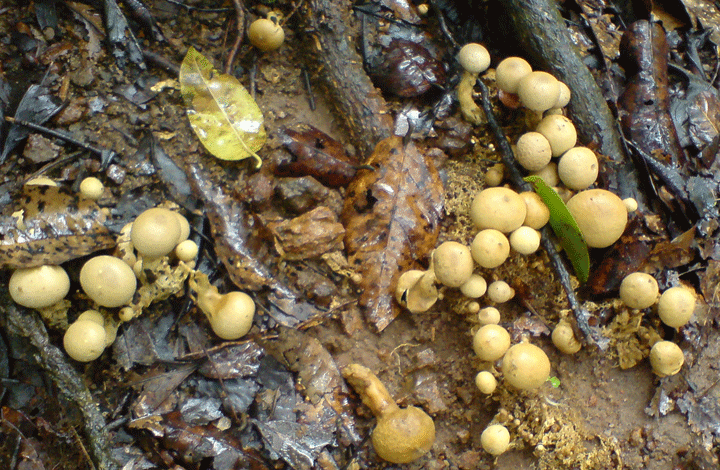
Wild mushrooms called 'Kalla laambu'(=Stoney mushroom) in Irvattur.

